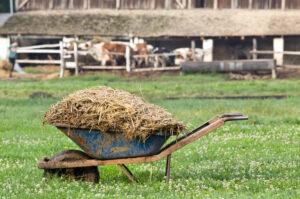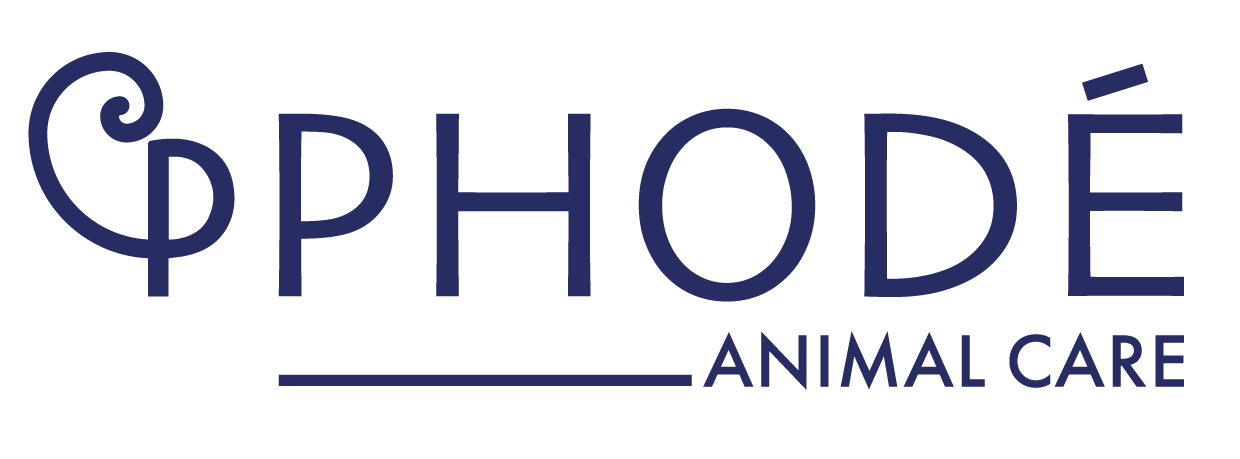The primary objective of livestock farming will always remain to produce enough to feed the population. Facing this global demand, livestock farming must nowadays assume a more local demand to produce ever better: better quality, well-being in livestock farming and of course protection of our environment. Among the regulatory arsenal that governs farming practices, the environmental performance linked to reducing nitrogen emissions is increasingly restrictive.

Why haven’t the available technologies for nitrogen emission reduction resolved this issue in its entirety?
A physiological limit
It’s physiological: an animal produces effluent containing nitrogen.
A technological limit
In livestock areas, the area of application is often the limiting factor in the size of the farm. This leads to the implementation of artificial devices such as the treatment of these effluents. However, treatment technologies represent an additional economic and energetic cost to production and a loss of nutrients. This is therefore, in a way, another environmental aberration.
This is why, if we do not want to be limited to reducing the number of animals, we must analyse all the solutions that will allow us to reduce the nitrogen emissions from our farms.
What are the available technologies and their limitations?
There are many guides and fact sheets that offer solutions to reduce the production of livestock manure at source. Reducing nitrogen discharges also makes it possible to adapt spreading for more agronomy and less regulatory constraints.
The proposed solutions deal with different factors of production in livestock farming:
- The feed,
- the building,
- the management
Can the feed be part of a strategy to reduce nitrogen emissions?
Feed must be adapted as closely as possible to the needs of the animals. In particular, the approach to protein digestibility and balance is already close to the optimum. Generally speaking, reducing the release of nutrients such as nitrogen or phosphorus will require a two-pronged approach: selection of the most digestible raw materials and/or use of enzymes or probiotics to improve nutrient digestion. The release of heavy metals, such as copper and zinc, originates from a prophylactic and non-nutritional approach. It is therefore the health of the animals that will have to be generally improved without using these flora regulators.
Effluent storage
Today, buildings have the additional task of containing effluents in order to limit their unintentional diffusion into the environment. The only impact they have on nitrogen emissions is the reduction of mixed rainwater volumes and therefore a better concentration of effluents to be spread. Investing in treatment units to reduce nitrogen emissions is an unproductive economic investment for livestock farming, an energy aberration and a disastrous material balance. For example, there are solutions that can only be used as a last resort when the sustainability of livestock farming is called into question by stricter regulations.
Can livestock management contribute to this?
Livestock management has a significant impact on grazing animals, but little impact on above-ground farms.
Curiously, the animal is not taken into account as an actor of the nitrogenous rejections.
This may seem surprising, but the animal does not play a major role in the volume of nitrogen emissions. It is the size of the livestock that imposes a standard on the amount of effluent to be applied. It is easy to control, but suggests that the only way to reduce it is to reduce the size of the farm… Some elements of ruminant management or feeding strategy are taken into account to modulate the standard. But never the animal itself.
The 3 possible ways to improve the individual efficiency of the animals
Yet the individual effectiveness of the animal has a significant impact. In a somewhat caricatural way, the more feed efficiency is improved, the less nitrogen emissions are released into the environment.
- Each year, genetics improve this fundamental parameter of the global performance of our farms. But the breeder can only act on this parameter when the animals are put in place.
- The feed and solutions that will improve the digestibility of raw materials
- Giving the animal itself the ability to reduce its emissions
An additive to reduce “nitrogen emissions”?
Increasing animal efficiency is not directly addressed by environmental standards. Several experiments show that it is possible to reduce nitrogen emissions from feed by lowering the safety margins at formulation. To compensate for the risk of reduced performance, the incorporation of an additive based on essential oils and spices will help the animal to enhance the value of the feed and thus reduce its emissions.












